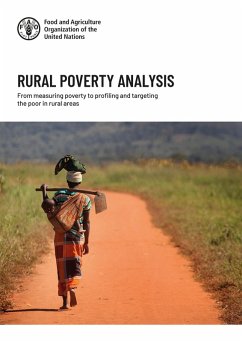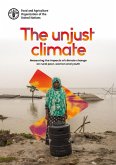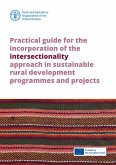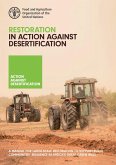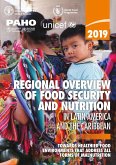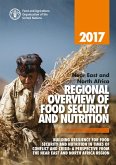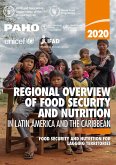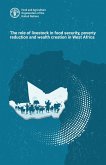Reducing rural poverty is a key objective of FAO. To achieve this goal, the Organization must reach the poor and the extremely poor in rural areas, analysing their needs and aspirations and providing effective guidance for the design of policies and investments that foster inclusive and sustainable development. This guide was developed to strengthen the Organization's work on rural poverty reduction and inclusivity over the coming years. It provides key information to measure poverty, characterize rural populations, and identify their constraints to target them more accurately. The guide includes five chapters. Chapter 1 explains the structure, content, and use of the guide, as well as its intended users and objectives. Chapter 2 discusses how poverty is measured, focusing on the different indicators that can be used, depending on the context, specific circumstances, data availability and policy objectives. Chapter 3 provides guidance on how to build a poverty profile and produce poverty maps to understand who the poor are and where they are located. Chapter 4 focuses on the targeting process, on various targeting techniques and on how to choose one over another to ensure that programmes and projects effectively combat poverty, particularly in rural areas. Finally, Chapter 5 sets the next steps for the development of further analytical guides. The various chapters provide an overview of both widely used and emerging techniques in poverty analysis, focusing on quantitative methods, and giving constant attention to FAO's areas of work and the challenges posed by operating in rural areas.
Dieser Download kann aus rechtlichen Gründen nur mit Rechnungsadresse in A, B, CY, CZ, D, DK, EW, E, FIN, F, GR, H, IRL, I, LT, L, LR, M, NL, PL, P, R, S, SLO, SK ausgeliefert werden.

